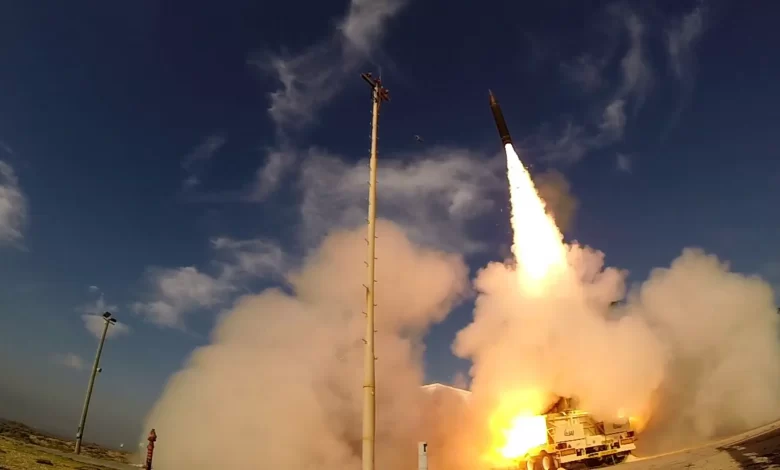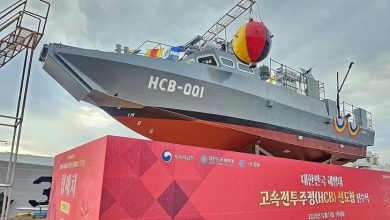Germany and Israel sign ‘Historic’ missile shield deal

Germany signed a deal to acquire the Israeli-made Arrow 3 hypersonic missile system that will become a key part of Europe’s defense against air attack.
The signing of the deal was a “historic day” for both countries, German Defense Minister Boris Pistorius said at a press conference alongside his Israeli counterpart Yoav Gallant.
Worth around $3.5 billion (3.3 billion euros), the sale is the biggest ever deal for Israel’s military industry.
The Arrow 3 system would make “German air defence ready for the future,” Pistorius said.
Germany has led a push to bolster NATO’s air defenses in Europe after the Russian invasion of Ukraine last year, urging allies to buy deterrence systems together.
“We can see with the daily Russian attacks on Ukraine how important anti-air defense is,” Pistorius said.
The signing of the deal was a “moving event for every Jew”, looking back at the events of the Holocaust, Gallant said.
“Only 80 years since the end of the Second World War yet Israel and Germany join hands today in building a safer future,” he said.
Sky Shield
The long-range Arrow 3 system, designed to shoot down missiles above the Earth’s atmosphere, is powerful enough to offer protective cover for neighburing European Union states.
The system was developed and produced by Israel and the United States and the sale had to be approved by Washington before it could be finalized.
The system was first deployed at an Israeli air force base in 2017 and has been used to protect Israel against attacks from Iran and Syria.
Arrow 3 is a “mobile system” that can be deployed depending on the threats faced, according to manufacturer Israel Aerospace Industries.
The money for the deal comes from a landmark 100-billion-euro fund unveiled by Chancellor Olaf Scholz to bolster the country’s defenses in the wake of Russia’s invasion of Ukraine.
More than a dozen European countries have so far signed up to Germany’s common air defence project, the European Sky Shield Initiative.
The Sky Shield project would involve joint procurement for short-, medium- and long-range systems, including the German-made Iris-T, the American Patriot system and Arrow 3.
Some of Germany’s neighbors have however so far declined to sign up to the pact, including France and Poland.
Officials in Paris have argued instead for an air defence system using European equipment.
Berlin has said it expects the Arrow 3 system to be delivered in the final quarter of 2025.





